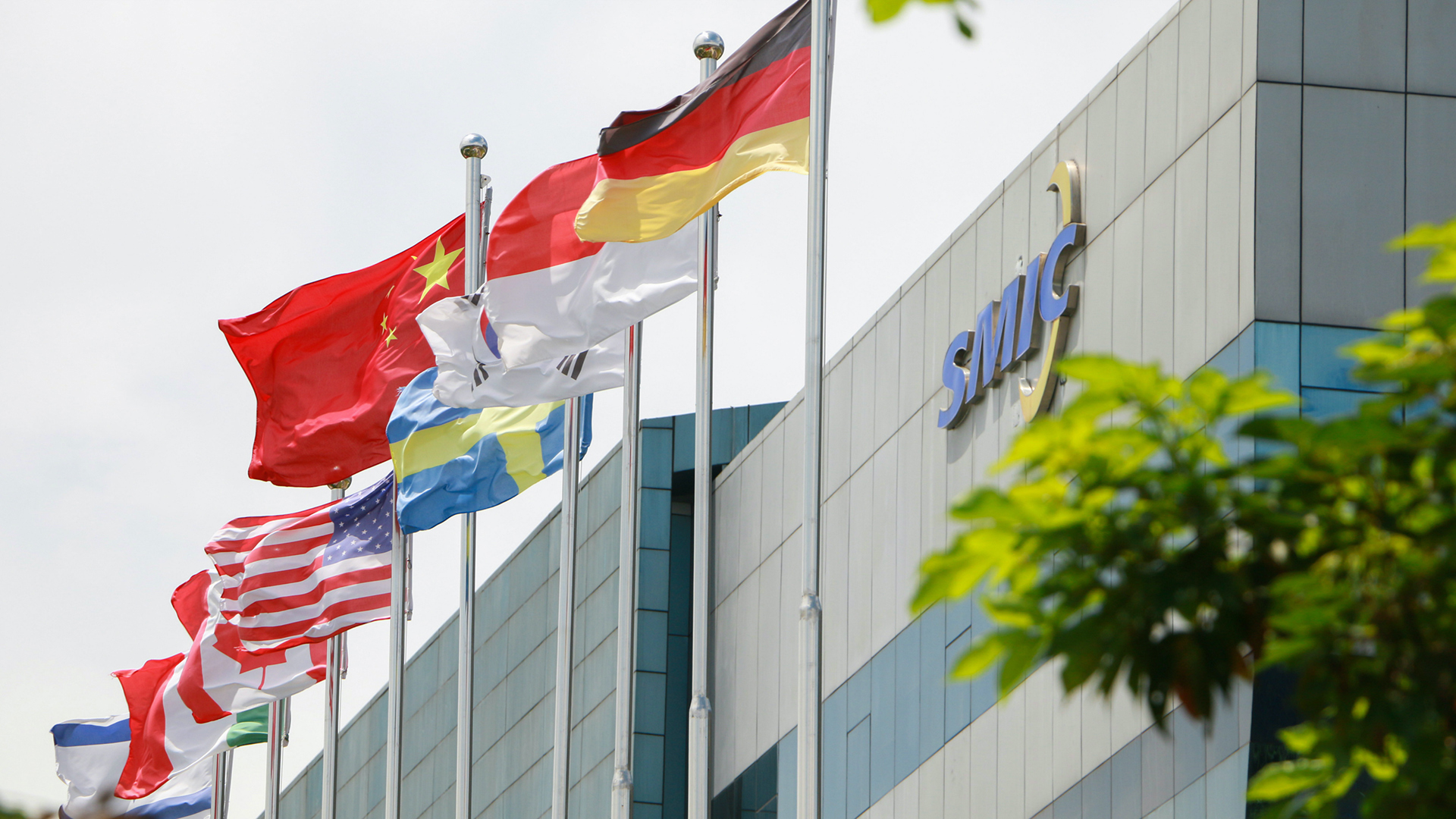
Although U.S. sanctions caused SMIC's revenue to drop in 2023, the China-based foundry is largely unaffected and continues developing its 5nm node, according to DigiTimes. SMIC is actually expanding its production capacity for 7nm and 5nm nodes that will power upcoming Huawei processors. When those nodes reach high-volume production in the coming years, SMIC's revenue is expected to grow again.
SMIC didn't have a great 2023, and it closed out the year with $6.3 billion in revenue, down from $7.2 billion in 2022, as well as just $900 million in net profit, when 2022 saw double that. Gross margin in Q4 was also down to 16.4%, half of what it was in Q4 of 2022. Expectations for SMIC's Q4 earnings were even lower, which speaks volumes about the reversing fortunes the Chinese foundry is experiencing.
On a larger scale of time, though, things don't look so bad for SMIC, as DigiTimes points out. In Q4 of 2021, SMIC made $1.1 billion, versus the $1.68 billion made in Q4 of 2023. Even though 2023 was disappointing compared to 2022, SMIC's financial gains since 2021 are still largely intact. Plus, in Q4 of 2023, SMIC increased its proportion from newer 12-inch wafers to 74.2% from 64.4% in Q4 of 2022, and its monthly 8-inch wafer capacity increased from 714,000 to 805,500. The significant capacity expansion is why utilization was low at less than 80%.
In addition to SMIC's decent financial health, the foundry is making good progress on its advanced 7nm and 5nm nodes. SMIC's 7nm is reportedly the node of choice for Huawei's mobile processors and AI-focused Ascend 910B GPU. Although yields look to be less than 50%, SMIC can rely on subsidies from the Chinese government to shore up its budget, and it's expected that yields will improve over time, improving productivity and reducing the need for subsidies.
SMIC is also allegedly making unabated progress on its 5nm node, which Huawei will use for its Kirin 9100 mobile chip and Ascend 920 GPU. SMIC's 5nm chips might even be ready this year, narrowing the gap between China's semiconductor industry and Western fabs even further. 3nm is also on the horizon for SMIC, but it's almost certainly at least a year away, if not more.







